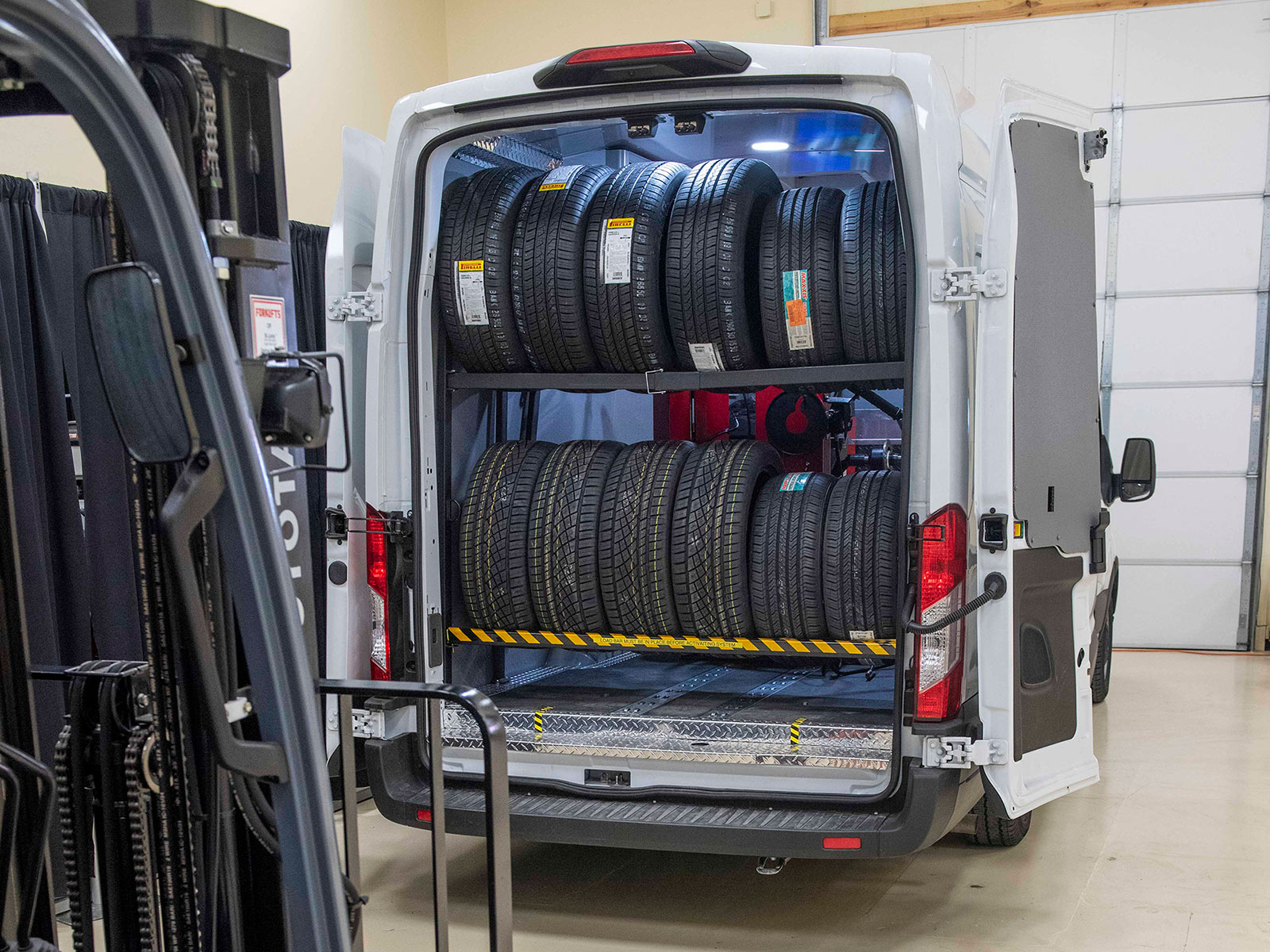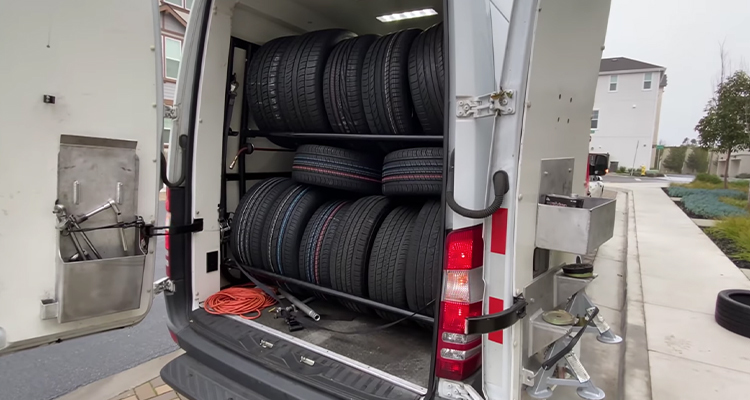Tire Solution: Proven Techniques for Optimum Tire Maintenance and Treatment
Preserving ideal tire problem is paramount for both security and performance of any automobile. From making sure proper tire stress to regular rotation and positioning, there are tested techniques that can substantially expand the life expectancy of your tires and enhance overall driving experience. As we explore the complexities of tire treatment and upkeep, we will certainly reveal crucial guidelines that every automobile owner must stick to for the very best feasible results. Allow's dive right into the globe of tire service and find the keys to maintaining your tires in first-class shape for the long run.
Relevance of Tire Pressure
Sufficient tire pressure advertises far better fuel effectiveness, as under-inflated tires can lead to raised rolling resistance, creating the engine to function tougher and take in even more gas. Proper tire stress ensures also tread wear, enhancing tire longevity and conserving cash in the lengthy run by delaying the need for premature substitutes. Consistently inspecting and readjusting tire stress, especially in the past lengthy journeys, is a simple yet efficient way to boost car performance, prolong tire lifespan, and focus on safety on the road.
Tire Turning Standards
When thinking about tire rotation guidelines, it is important to recognize the significance of this maintenance task in maximizing tire lifespan and keeping optimum lorry efficiency. Tire turning includes altering the position of each tire on a car to guarantee even walk wear. Front tires often tend to wear quicker than rear tires due to steering forces, making regular turning vital for well balanced wear patterns. The suggested rotation pattern differs depending upon whether an automobile is front-wheel, rear-wheel, all-wheel, or four-wheel drive. Normally, tires ought to be revolved every 5,000 to 7,500 miles, or as suggested in the lorry manual. Disregarding tire rotation can result in unequal wear, impacting handling, traction, and possibly compromising vehicle safety and security. By sticking to correct rotation guidelines, drivers can prolong the life of their tires, improve gas effectiveness, and boost total driving experience. Normal turning is a simple yet efficient upkeep technique that adds substantially to tire durability and car performance.

Advantages of Wheel Alignment
Guaranteeing appropriate wheel placement after tire rotation is vital for keeping balanced wear patterns and maximizing car efficiency. Wheel alignment describes the change of the angles of the wheels to the manufacturer's requirements. One of the crucial advantages of wheel placement is boosted steering and handling action. When the wheels are properly aligned, it minimizes guiding effort, ensuring a smoother and a lot more controlled driving experience. Furthermore, right wheel positioning assists to prolong the lifespan of your tires. Misaligned wheels can trigger unequal tire wear, resulting in premature tire replacement and boosted upkeep expenses.

Tire Footstep Depth Inspect
Doing a regular evaluation of tire walk depth is essential for keeping risk-free driving problems and extending the life expectancy of your tires. Unequal tread wear can indicate issues with tire pressure, suspension, more info here or placement, highlighting the importance of routine step deepness checks. By including tire walk deepness checks into your regular maintenance timetable, you can drive with confidence recognizing that your tires are in top condition.
Seasonal Tire Inspection
Seasonal tire inspection is a fundamental aspect of tire upkeep that makes certain tires are prepared to encounter the obstacles presented by different weather problems. In prep work for wintertime, it is vital to inspect the tire pressure routinely as cold temperature levels can trigger tire pressure to drop. By performing regular seasonal tire assessments, chauffeurs can prolong tire life-span, improve fuel performance, and most significantly, make sure a protected driving experience in varying climate conditions.
Final Thought
In conclusion, keeping proper tire stress, turning tires frequently, lining up wheels appropriately, monitoring walk depth, and carrying out seasonal evaluations are essential methods for optimal tire treatment. By following these confirmed approaches, motorists can guarantee their tires last much longer, perform much better, and contribute to general car safety. It is necessary to focus on tire maintenance to site here stop accidents, enhance fuel efficiency, and prolong the life expectancy of tires.
Adequate tire pressure advertises far better fuel effectiveness, as under-inflated tires can lead to raised rolling resistance, causing the engine to work harder and take in more fuel.When thinking about tire turning guidelines, it is important to understand the significance of this maintenance job in making the most of tire life expectancy and keeping optimal automobile efficiency. Seasonal tire assessment is a basic facet of tire upkeep that ensures tires are all set to deal with the difficulties posed by different climate problems. By carrying out routine seasonal tire inspections, vehicle drivers can prolong tire life expectancy, improve gas effectiveness, and most notably, make certain a secure driving experience in differing climate conditions.
In conclusion, keeping proper tire stress, turning tires frequently, lining up wheels properly, keeping track of step depth, and conducting seasonal evaluations are more info here essential techniques for ideal tire care.